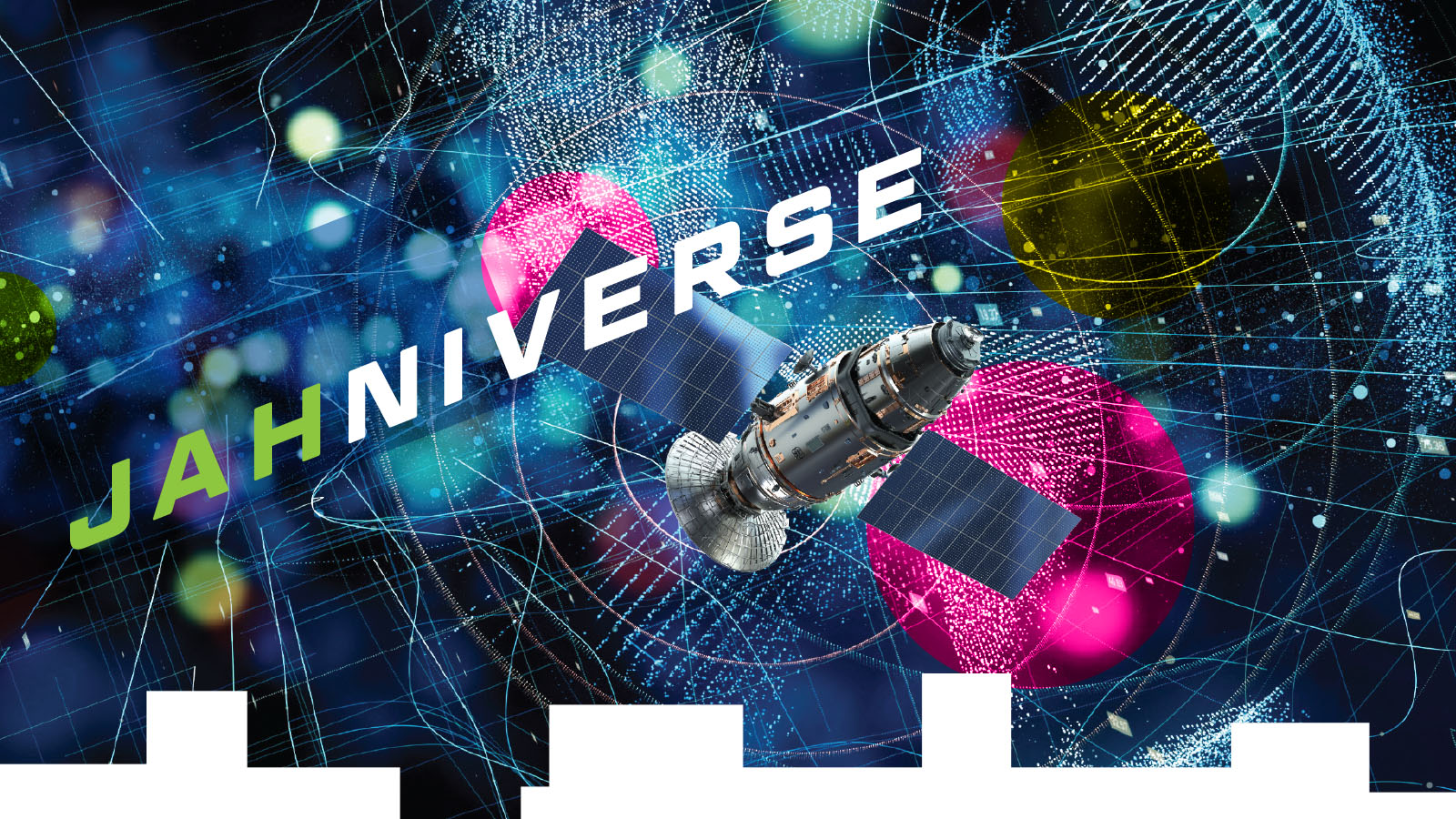Stay Up to Date
Submit your email address to receive the latest industry and Aerospace America news.
To avoid the perils of self-extinction, we need to renew our commitment to an intergenerational contract of stewardship, one that acknowledges our responsibilities as custodians of the planet. Indigenous communities worldwide have long understood this profound connection, integrating their wisdom into sustainable practices that harmonize with nature.
The time-honored traditions of Native American tribes, the Kanaka Maoli of Hawaii, the Aboriginal people of Australia and others demonstrate the power of traditional ecological knowledge, or TEK. This term is used by anthropologists, environmentalists and others to describe the timeless practices that indigenous people apply to protect ecosystems and promote resilience. By fusing TEK with Western science and leveraging cutting-edge machine learning, we can validate our interconnectedness and ignite empathy. Acceptance of our interconnectedness and empathy toward others are the driving forces for solving the world’s wicked problems. Our collective future hinges on embracing this holistic approach and nurturing a shared sense of stewardship for generations to come.
For the space community, part of that stewardship entails understanding and mitigating the environmental impact of expanding our activities beyond Earth’s atmosphere. Traditional scientific methods alone are insufficient in addressing this impact. Instead, we must adopt an approach that integrates TEK and Western science — a method I call holistic scientific inquiry.
To see the effectiveness of this approach, look no further than the inspiring efforts of the Haida Nation, an ancient tribe that resides on an archipelago off the coast of British Columbia. By combining traditional observations of salmon behavior with genetic analysis, they have implemented targeted habitat restoration measures to restore the local salmon population. This harmonious collaboration exemplifies the potent synergy that emerges when indigenous wisdom and scientific innovation intertwine.
Indigenous communities also wish to contribute to the preservation of cultural heritage in space. Consider the pressing issue of space debris: For the space industry, the thousands of defunct satellites, spent rocket stages and other objects orbiting Earth threaten to render crucial orbits unusable for generations. For indigenous peoples who have long revered the night sky as a priceless tool for celestial navigation, the knowledge that humanity is polluting the heavens erodes an important part of their cultural heritage. Through partnerships between space agencies, governments, indigenous communities and scientific institutions, we can develop frameworks that prioritize sustainable practices.
Indigenous communities possess profound knowledge of ecological balance and sustainable resource management. The TEK of the Kanaka Maoli of Hawaii and the Inuit community of Canada provide insights into the delicate interplay among land, sea and sky. By integrating this knowledge with Western scientific expertise, we can develop sustainable deployment strategies for satellite megaconstellations. This collaboration could minimize creation of space debris and mitigate the impact on astronomical observations, preserving both the ecological integrity of our home planet and celestial bodies with the awe-inspiring wonders they offer.
Holistic scientific inquiry is not only a theoretical concept but also a practical and powerful approach to sustainable space exploration. By engaging with indigenous communities and integrating TEK, we can gain a deeper understanding of our interconnectedness with the cosmos. The success stories of indigenous contributions in managing environmental detriment, preserving cultural heritage, promoting sustainable utilization and embracing holistic time perspectives exemplify the transformative potential of this approach.
In our age of unprecedented data abundance, machines become indispensable allies in navigating the vast expanse of information. By applying advanced algorithms and artificial intelligence, we will unlock the potential to validate our interconnectedness. Enter the correlation pleiades, a term coined in 1931 by Russian evolutionist Paul Terentjev to describe how in some organisms there are correlations among measurable characteristics of seemingly discrete elements, making these elements a cluster, or pleiades. Taking inspiration from this concept, we can harnesses the power of machine learning to decipher hidden patterns within massive, diverse data sets. With this technological leap, we can swiftly identify correlations and gain a deeper understanding of the intricate web that sustains life on our planet.
We stand at the crossroads of a rapidly changing world. We should unite as one humanity, propelled by the power of holistic scientific inquiry to address the pressing challenges that lie ahead and forge a resilient and sustainable future for all.
About Moriba Jah
Moriba is a professor at the University of Texas at Austin and chief scientist at Privateer. He helped navigate spacecraft at NASA’s Jet Propulsion Lab and researched space situational awareness at the U.S. Air Force Research Laboratory, and is an AIAA fellow.
Related Posts
Stay Up to Date
Submit your email address to receive the latest industry and Aerospace America news.




